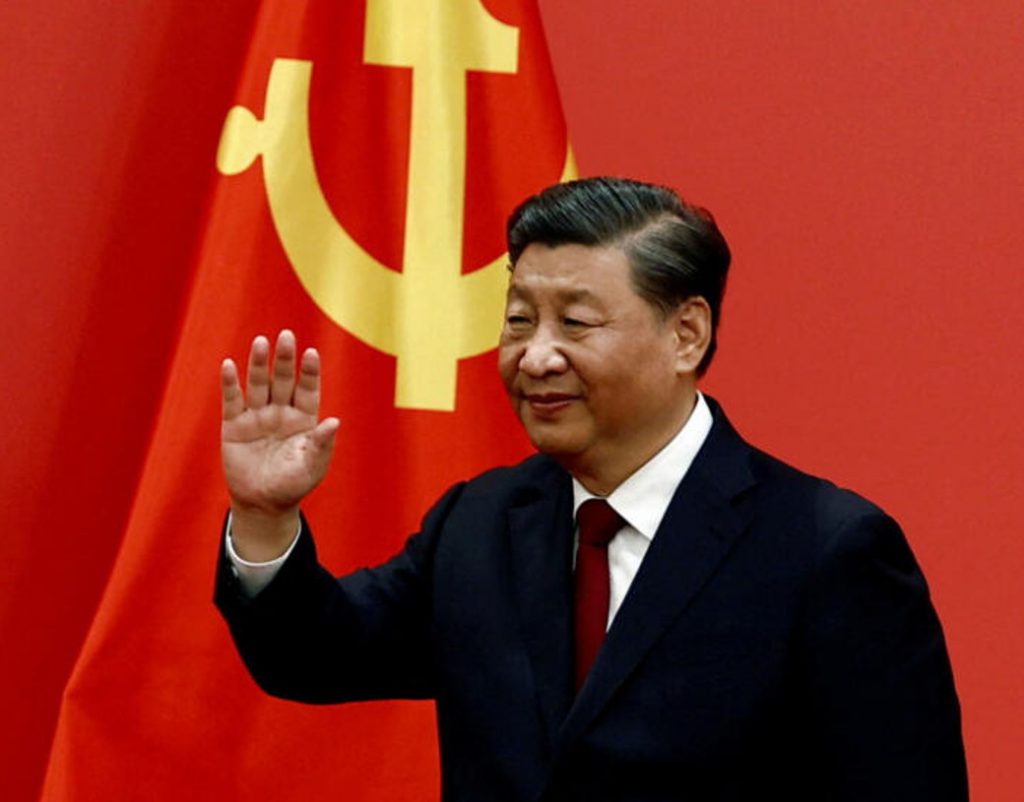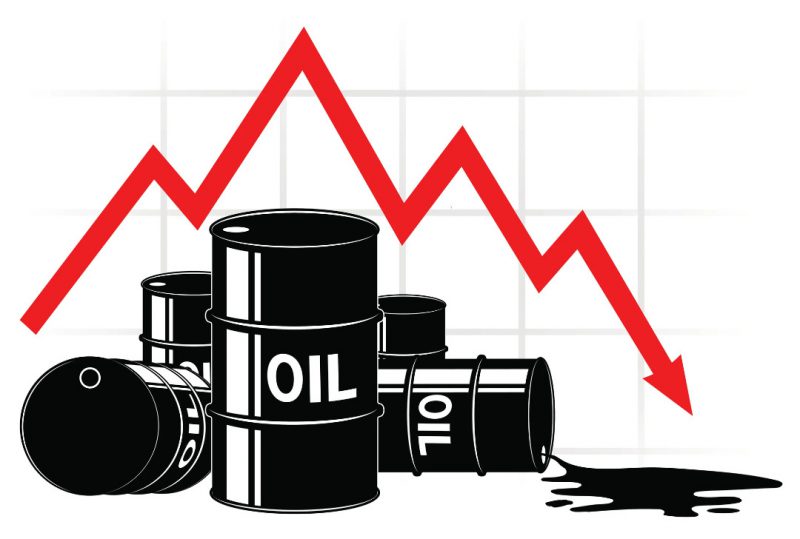Oil prices saw a 1% decrease earlier this week, influenced by a sluggish economic recovery in China and the strengthening of the US dollar. Despite ongoing naval and air conflicts in the Red Sea, concerns about potential disruptions to tanker routes and increased shipping costs did not provide the expected support to prices.
Factors Affecting Oil Prices
- Tensions in the Red Sea: Despite continuous conflicts in the Red Sea, recent US strikes against Iran-aligned Houthi militants in Yemen failed to boost oil prices. Analysts suggest that unless there is a substantial reduction in production, prices might encounter a limit.
- Chinese Economic Data: China’s fourth-quarter economic growth of 5.2% annually has raised uncertainties regarding the projected role of Chinese demand in global oil growth for 2024. Although China’s refinery throughput reached a record high in 2023, indicating strong demand, concerns persist about the economic outlook for 2024 and 2025.
- OPEC’s Outlook: The Organization of Petroleum Exporting Countries (OPEC) maintained its forecast for relatively strong growth in global oil demand in 2024. OPEC anticipates a robust increase in oil use in 2025, primarily driven by demand from China and the Middle East.
- US Dollar Strength: The US dollar, nearing a one-month high, affects prices as comments from Federal Reserve officials tempered expectations for aggressive interest rate cuts. A stronger dollar reduces demand for dollar-denominated oil from buyers using other currencies, potentially weakening the outlook for demand.
- US Refinery Capacity Offline: In the US, refiners are expected to have 1.5 million barrels per day of capacity offline for the week ending Jan. 19, reducing available refining capacity by 954,000 barrels per day, according to research company IIR Energy.


Also Read: Oil Prices Dip After U.S. Dollar Strengthens
Price Trajectory
Despite significant volatility, crude oil settled on a stable trajectory. The dollar index played a limiting role in curbing the upward momentum of crude oil in global markets. Milder weather conditions in the US contributed to a decline in oil prices, considering the potential for reduced demand for heating oil.
Geopolitical tensions in the Red Sea and positive Chinese stimulus measures provided some support to prices amid challenging market conditions. Analysts foresee continued volatility, projecting fluctuating crude oil prices with identified support and resistance levels for the near term.
The recent decline in these prices highlights the intricate interplay of global economic factors, geopolitical tensions, and currency dynamics. As markets navigate uncertainties, events like the Red Sea conflicts and ongoing economic shifts in major players like China will continue to shape price trajectories. Analysts stress the importance of monitoring support and resistance levels as oil markets remain sensitive to a range of factors, presenting both challenges and opportunities for investors.
Also Read: Gold & Oil Prices Continue To Fall as US Dollar Grows Stronger





